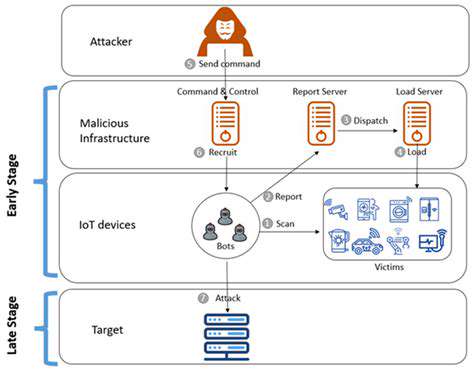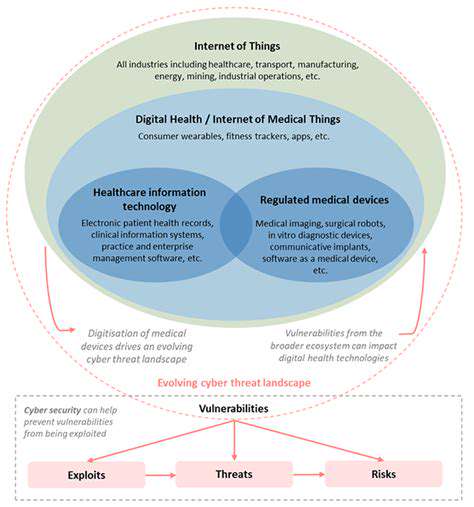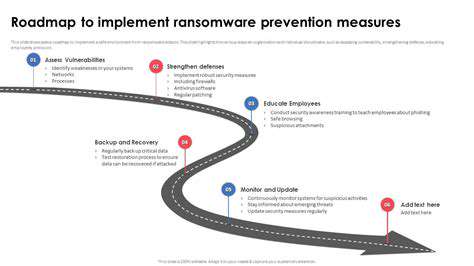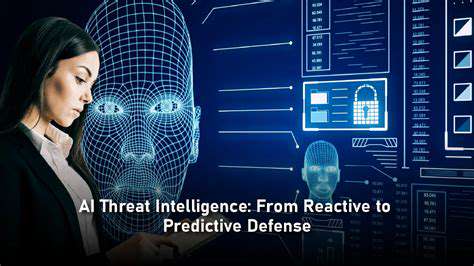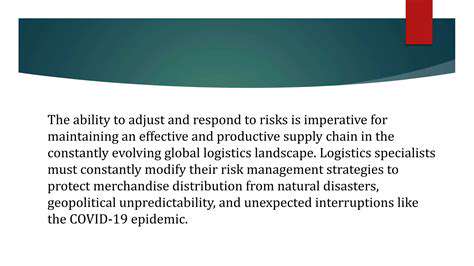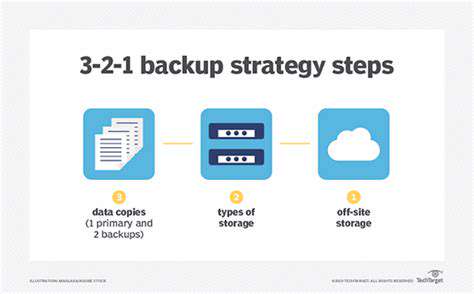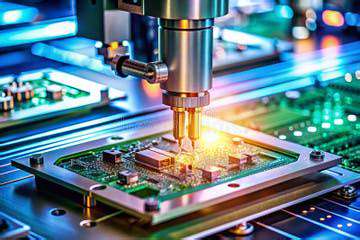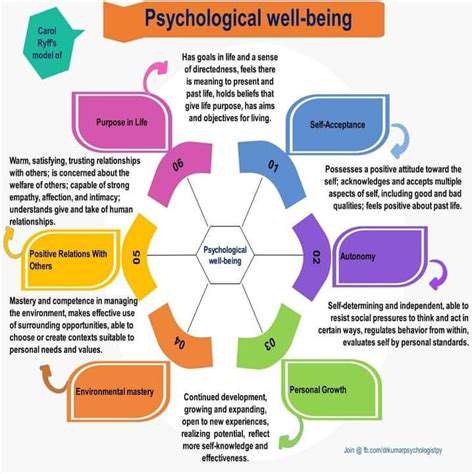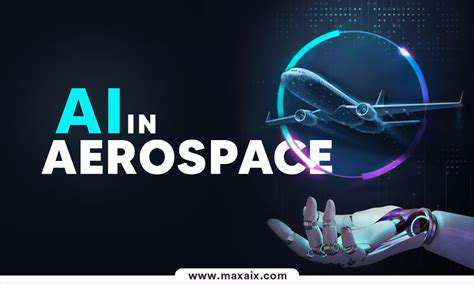Challenges of Extreme Temperatures
The lunar surface experiences extreme temperature fluctuations, ranging from scorching highs exceeding 120 degrees Celsius during the day to frigid lows plunging below -170 degrees Celsius at night. These dramatic shifts pose significant challenges for robotic systems. Thermal management is crucial; robots must be equipped with sophisticated cooling and heating mechanisms to prevent components from failing due to overheating or freezing. Designing robust materials capable of withstanding these extreme temperature variations is another critical aspect of lunar robotics development. Protecting sensitive electronics and ensuring the longevity of mechanical parts in such a harsh environment is a significant engineering hurdle.
Furthermore, the lack of an atmosphere on the Moon means there's no insulation against these extreme temperatures. This lack of an insulating layer amplifies the temperature variations, making the need for effective thermal control even more critical. Engineers must meticulously consider the thermal properties of all components, from the outer shell of the robot to the internal circuitry, to ensure operational stability throughout the lunar day-night cycle. This includes designing systems capable of predicting and reacting to temperature changes in real-time, as well as protecting against potential thermal shock.
Vacuum and Radiation Hazards
The lunar environment presents a unique vacuum, significantly different from Earth's atmospheric pressure. This vacuum poses several challenges for robotic systems, including potential material degradation and the risk of malfunctions in components designed for an atmosphere. Robots must be meticulously designed and tested to withstand the absence of air, ensuring their mechanical systems remain stable and their internal components function correctly without the cushioning effect of an atmosphere. This means robust seals, specialized lubricants, and careful consideration of the behavior of materials under such extreme conditions.
Beyond the vacuum, the Moon is exposed to intense solar radiation and cosmic rays. This radiation can damage the electronics and components of robots over time, shortening their lifespan and potentially leading to malfunctions. Radiation shielding is a critical aspect of lunar robotic design, demanding careful selection of materials and precise placement of protective layers to minimize the impact of these harmful rays. Additionally, long-term exposure can affect the accuracy of instruments and the reliability of robotic systems, requiring robust shielding and radiation-resistant materials for extended missions.
The combination of extreme temperatures, vacuum, and radiation poses a formidable challenge to the longevity and functionality of lunar robots. Addressing these hazards requires sophisticated engineering solutions and rigorous testing protocols to ensure the success of future lunar missions and the exploration of the Moon's resources.
The potential for damage from micrometeoroids also needs careful consideration. These small particles, traveling at high speeds, can cause significant damage to delicate equipment and potentially compromise the entire mission. Protective measures must be designed into the robotic systems to mitigate this risk.
Navigation and Mobility in the Lunar Terrain

Lunar Surface Navigation: Challenges and Solutions
Navigating the lunar surface presents significant challenges, primarily due to the unique environmental conditions. The lack of atmosphere and the extreme temperature fluctuations pose significant hurdles for both human and robotic explorers. Furthermore, the uneven terrain, including craters and rocky outcrops, necessitates robust navigation systems capable of safely traversing these challenging landscapes. This necessitates advanced sensor technology and sophisticated algorithms for obstacle avoidance and path planning.
The lunar regolith, a layer of loose dust and rock fragments, further complicates navigation. This fine-grained material can obscure terrain features and cause significant wear and tear on robotic equipment. Consequently, navigation systems must be designed to account for these conditions. Reliable localization and mapping are paramount for successful lunar exploration.
Mobility Systems: Current and Future
Current lunar mobility systems, such as the rovers used in the Apollo missions and the more recent rovers of the modern space age, have shown promising results. However, they are limited in their capabilities and often require significant human intervention. Future mobility systems must be more autonomous and adaptable to a wider range of terrain conditions.
The development of advanced propulsion systems, such as those utilizing electric motors or innovative fuel sources, will be crucial for increasing the range and speed of lunar vehicles. These advancements will enable exploration of larger areas, and ultimately, allow for greater scientific discovery and resource utilization.
Furthermore, the incorporation of advanced sensor fusion technologies, combining data from various sources like cameras, laser scanners, and inertial measurement units, is essential for enhanced navigation accuracy. This integration will improve the robots' ability to navigate complex terrains and avoid potential hazards. This integration is crucial for the success of more advanced missions.
Resource Utilization and Logistics
Successfully navigating the lunar surface is intrinsically linked to the efficient utilization of resources. Lunar exploration requires careful planning and precise delivery of equipment and supplies, minimizing wasted resources and maximizing efficiency in their deployment. This includes considering the logistical challenges of transporting equipment and personnel across vast distances, including the necessary fuel and materials for operation.
Establishing sustainable lunar outposts requires efficient resource management strategies. Understanding the distribution and accessibility of lunar resources is crucial for long-term exploration and settlement. This includes identifying and extracting materials for construction, power generation, and life support. The location of these resources and the feasibility of extracting them are critical factors.
Communication and Data Transmission
Efficient communication and data transmission are essential for navigating the lunar surface. The distance between the lunar surface and Earth can introduce significant delays in communication, which can affect the real-time control of robotic explorers and the timely transmission of scientific data. Consequently, advanced communication systems are needed to ensure reliable and rapid data transfer.
Human-Robotic Collaboration
Future lunar missions will likely involve a combination of human and robotic exploration. This collaboration will require seamless communication and coordination between human controllers and robotic systems. The robots will perform tasks such as reconnaissance, sample collection, and route exploration, giving humans the ability to perform more complex tasks. This collaborative effort is essential for efficiently exploring the Moon and collecting valuable scientific data.
Effective integration of human and robotic systems for lunar exploration is key to maximizing the efficiency and scientific output of lunar missions. This will likely involve the development of advanced interfaces and algorithms that enable human operators to effectively control and monitor robotic operations from a distance.


